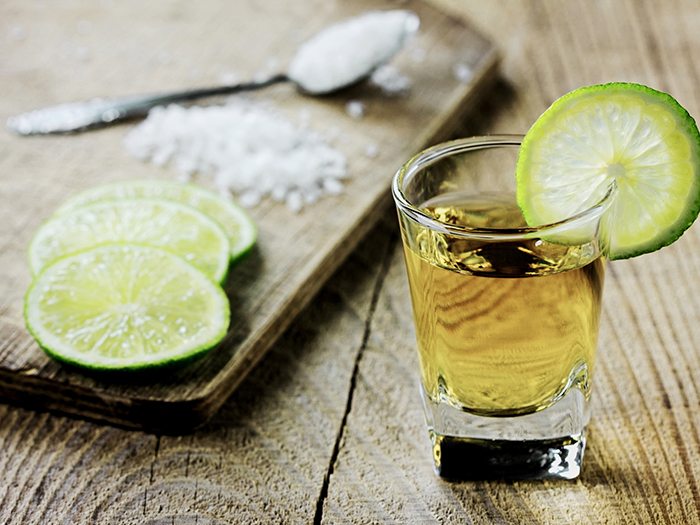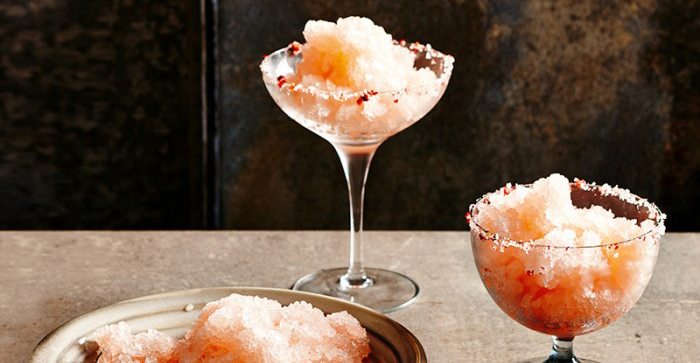Even if you’re not a fussy wine drinker it’s usually pretty easy to tell the difference between red and white wine. But if you were asked to pin point how dry, medium or sweet the wine in your glass is, how well would you rate?
Don’t worry. It’s not a test. Even winemakers wouldn’t necessarily pass with flying colours, because there’s a grand canyon of difference between what we perceive and actual reality.
That’s why the newly formed International Riesling Foundation, aka IRF, is trying to unravel riesling.
According to IRF, riesling is the fastest growing wine in the United States. It is also the most misunderstood.
Market research by IRF shows that wine drinkers in the United States think of riesling in one way only – sweet.
Despite the fact that some of the best examples are so bone dry you would be generous calling them austere, most wine drinkers put the words “sweet” and “riesling” together the same way they do sun and sand, cheese and crackers or bread and butter.
Let’s face it, even if you do love riesling, unless you’re armed with a fair bit of knowledge, it can be a minefield trying to figure out whether you’re buying one that will suit lunchtime, late afternoon or last course drinking.
If you’re in the know, you can buy that cheeky little trockenbeerenauslese to drink chilled with a citrusy, tangy lemon dessert and a lover late at night.
You could even opt for a limey, dry Clare Valley riesling to drink with your favourite Thai food. Or choose a young dry Alsace riesling to enjoy sans food, under the late afternoon sun with friends.
The choices are endless because riesling is one of the most diverse grape varieties.
The taste scale that the IRF has developed will do for riesling what the wine itself cannot: it will let people know exactly what to expect, prior to opening the bottle.
It’s not the first time someone has attempted to simplify riesling. IRF’s new scale is similar to the German wine classification system – but simpler, more appealing and in a language that more people can understand.
By charting wines from dry to sweet on its new scale, IRF is launching a tool that we can all use and understand.
Wineries are planning to use the new chart on their labels as well as in their marketing. In New Zealand, winemakers Tim and Judy Finn from Neudorf Vineyards in Nelson, plan to print it on their 2008 Neudorf Moutere Riesling from this year onwards.
Colour coding is the next step, but IRF wanted to take things slowly, says Judy Finn, the New Zealand representative of IRF.
Will a taste chart and colour coding actually work to simplify riesling for wine drinkers?
What do you think?
THE INTERNATIONAL RIESLING FEDERATION FLAVOUR PROFILE
For the technically minded, there is a mathematical element to the IRF’s riesling classification chart, but the final decision is left to the winemaker.
This means that a riesling with the same technical analysis might be classified as dry by one winemaker and medium dry by another. It all depends on which flavours the winemaker thinks are most pervasive in their wine.
DRY
Here the ratio between acid and sugar would not exceed 1.0 acid to sugar. For example, a wine with 7.5 grams of acidity and 6.8 grams of sugar would be in the same category as a wine with 9.0 grams of acid and 8.1 grams of sugar. Similarly, a wine with 12 grams of sugar and 12 grams of acid would be dry.
Notice also that wines that are totally or “near-totally” dry (such as 4 grams per litre) will have a much lower ratio. For instance, a wine with only 3 grams of sugar and a total acidity of 6 grams per litre will have a ratio of .5, and clearly the wine is dry).
As to pH: we assume that the range of pHs for most Rieslings is between 2.9 and 3.4. So 3.1 is the “base” pH with which most wine makers will be working. So if the pH of wine is 3.1 or 3.2, it remains in this dry category. But if the pH is 3.3 or 3.4, it moves up to Medium Dry. (And if the pH is 3.5 or higher, the wine maker may wish to move the wine to Medium Sweet.)
MEDIUM DRY
Here the ratio is 1.0 to 2.0 acid to sugar. Example: a wine with 7.5 grams of acid could have a maximum sugar level of 15.0 grams. And if the pH is above 3.3, it moves to Medium Sweet, and if the pH is as low as 2.9 or lower, the wine moves to Dry.
MEDIUM SWEET
The ratio here is 2.1 to 4.0 acid to sugar. Example: a wine with 7.5 grams of acid could have a maximum sugar level of 30 grams. And again, the same pH factor applies as a level two wine: if the pH rises to 3.3, you move up to Dessert, and if the pH drops to 2.9 you move to Medium Dry. And if the pH is 2.8 or below (highly unlikely), the wine could be called Dry.
SWEET
Ratio above 4.1, but using the pH adjustment, a sweeter wine with a ratio of, say, 4.4 might actually be moved to Medium Sweet.





